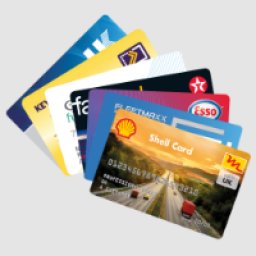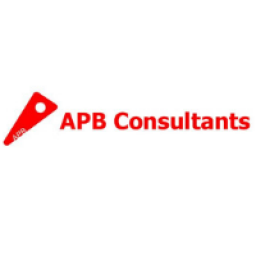It takes the average website 1.28 seconds to load on desktop and 2.5 seconds to load on mobile, so it’s safe to say that users in this day and age are used to receiving their information promptly. This means that there is no room for error when it comes to maintaining visitor focus, so it is important that your website loads promptly to stay ahead of the competition and retain your brand reputation. Read on as we explain how page speed can influence the way that visitors interact with your site and the impact that certain features can have on retention...
From a marketing and web development point of view, it is important that your website is designed with a responsive interface that makes visitors want to stick around. A site’s ‘bounce rate’ is a measure of the percentage of users that enter and then leave after viewing just one single page, and it can tell you a lot about page speed because many of us are simply too impatient to wait around for things to load in 2021. In fact, we are so used to getting our information at the speed of light that slow or delayed loading is thought to be the number one reason why visitors decide to jump ship before they have even had a chance to interact with the features on the site, causing you to lose out on potential business.
Ideally, a website should have a bounce rate of 40% or less, however if yours is significantly higher than this then it may be time to consider optimising for more efficient page speed. Web development is an investment in your website’s future and involves a whole manner of approaches to provide users with a tailored experience as they search for an answer to their enquiry or a suitable service.
With this said, page speed is a crucial element that can really influence how smoothly your visitors will be able to navigate the different components on your website. Whilst an intuitive navigation approach and Call-to-Action (CTA) buttons are important in web development, they can be made obsolete by a site that fails to perform as desired from the get-go.
There are many different ways to work on page speed in order to improve your bounce rate and make your website stand out amongst the crowd. A lot of time is spent downloading different aspects of a page like images, videos, stylesheets, and scripts so minimising HTTP requests can make a significant amount of difference over time. As a part of web development, you may also choose to look into using asynchronous loading for CSS and JavaScript files, as this will allow features to load as they appear on the page, and opting for a faster DNS provider, as this can help reduce server response times.
An effective way to retain visitors and turn them into paying customers is to optimise your website and ensure that it provides users with a high-quality browsing experience they will want to return for. After all, first impressions are everything when it comes to standing out on the web and it is hard to ignore the impact that page speed can have when it comes to brand authority and engaging with your audience.
To find out how your website can benefit from on-site optimisation, get in contact with the best web development Bolton has to offer and speak to a member of the Owl Tree team today.
 Brabners LLP
Brabners LLP










